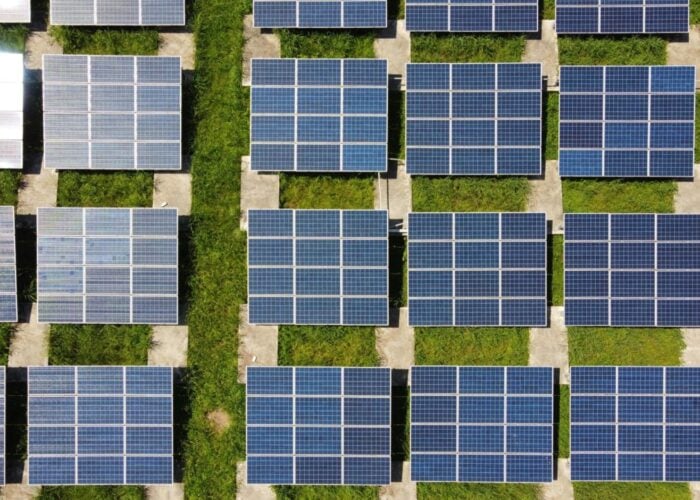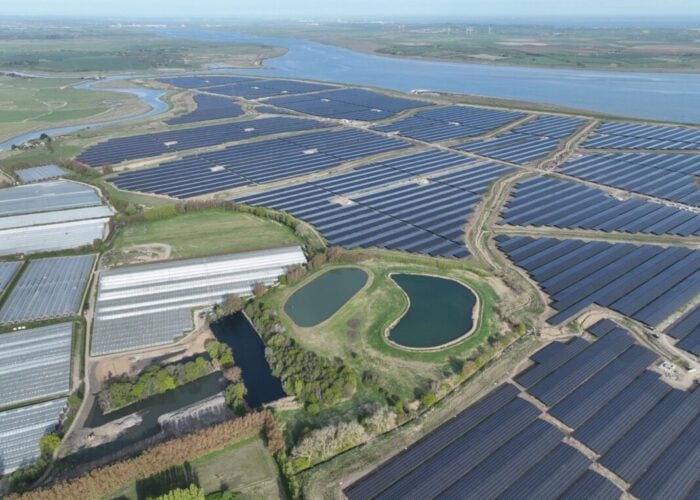A community-owned utility company in California is preparing to install a large-scale battery system that could enable the addition of around 50MW of solar generation capacity to the local grid.
On New Year’s Eve, local news outlet The Desert Sun wrote an editorial piece supporting the aims of the project, which has contributed to the utility, Imperial Irrigation District (IID), needing to raise its consumer electricity rates for the first time in 20 years. The project will involve the installation of a 20MW/33MVA batter-based energy storage system with 92kV interconnection. IID serves around 145,000 customers in areas including Imperial Valley and San Diego and the latest plan, approved by the utility’s board in late November, was originally put together in response to a serious blackout three years ago. As a result of that blackout, a settlement was made between IID and the Federal Energy Regulatory Commission (FERC) for the utility to install 33MW of energy storage for supplying uninterrupted power to its customers.
Unlock unlimited access for 12 whole months of distinctive global analysis
Photovoltaics International is now included.
- Regular insight and analysis of the industry’s biggest developments
- In-depth interviews with the industry’s leading figures
- Unlimited digital access to the PV Tech Power journal catalogue
- Unlimited digital access to the Photovoltaics International journal catalogue
- Access to more than 1,000 technical papers
- Discounts on Solar Media’s portfolio of events, in-person and virtual
As well as serving as backup, the battery energy storage system (BESS), which will cost around US$68 million in total to install, will smooth imbalances resulting from the addition of variable solar PV resources to the grid. At present, fossil fuels are used to smooth out these imbalances, with units kept on a “spinning reserve”. The US$68 million outlay, which includes US$6 million for contingencies, will be spread across four years from 2014 to 2017, with the project expected to come online during the final quarter of 2016.
The full version of this story can be viewed at PV Tech Storage.







